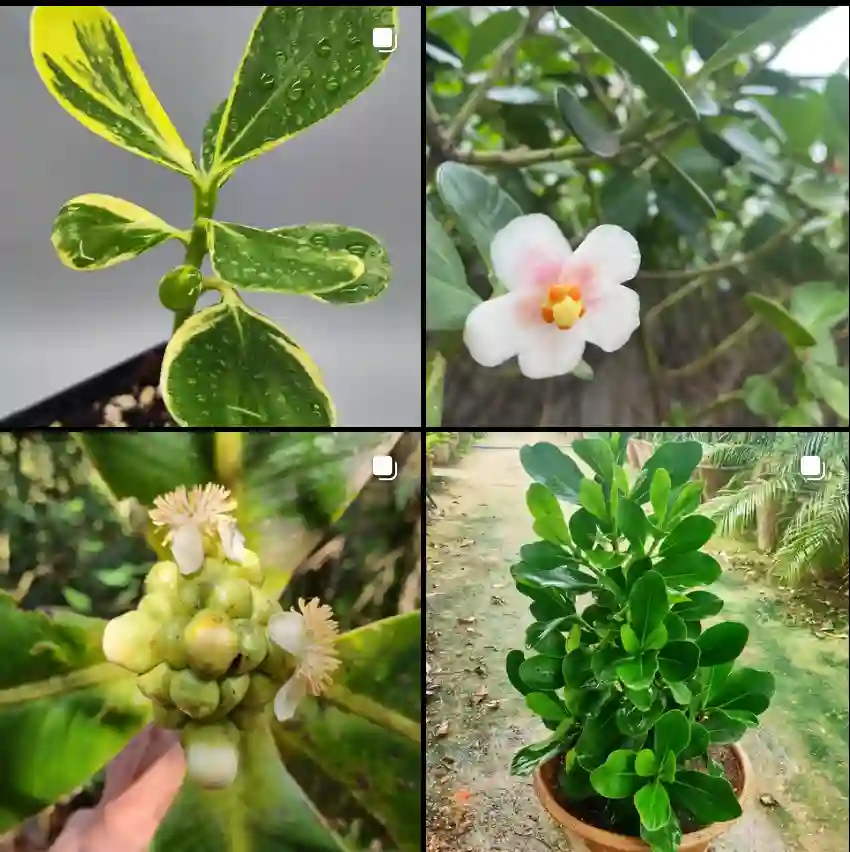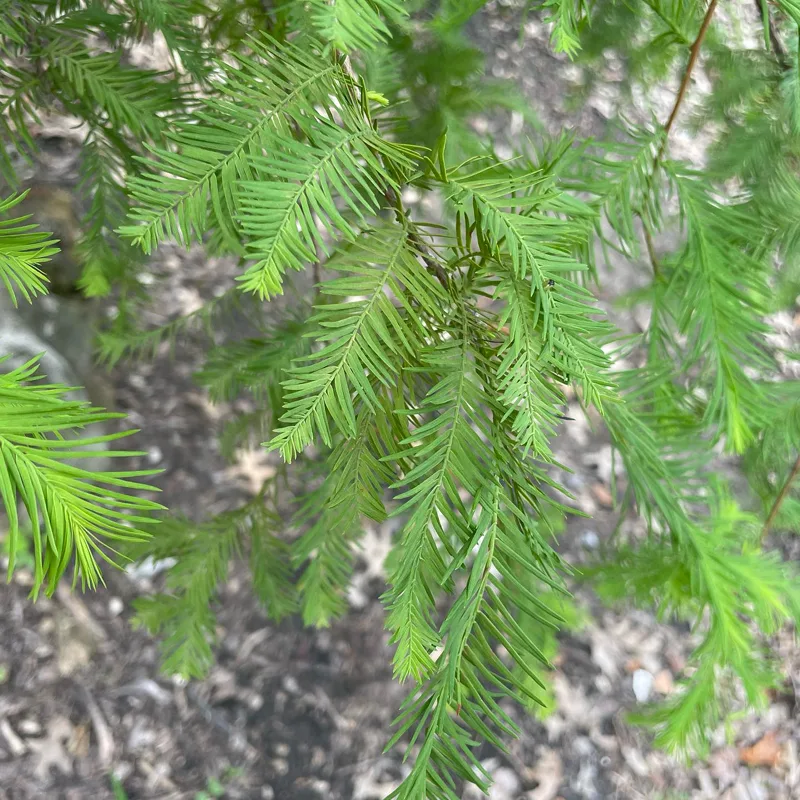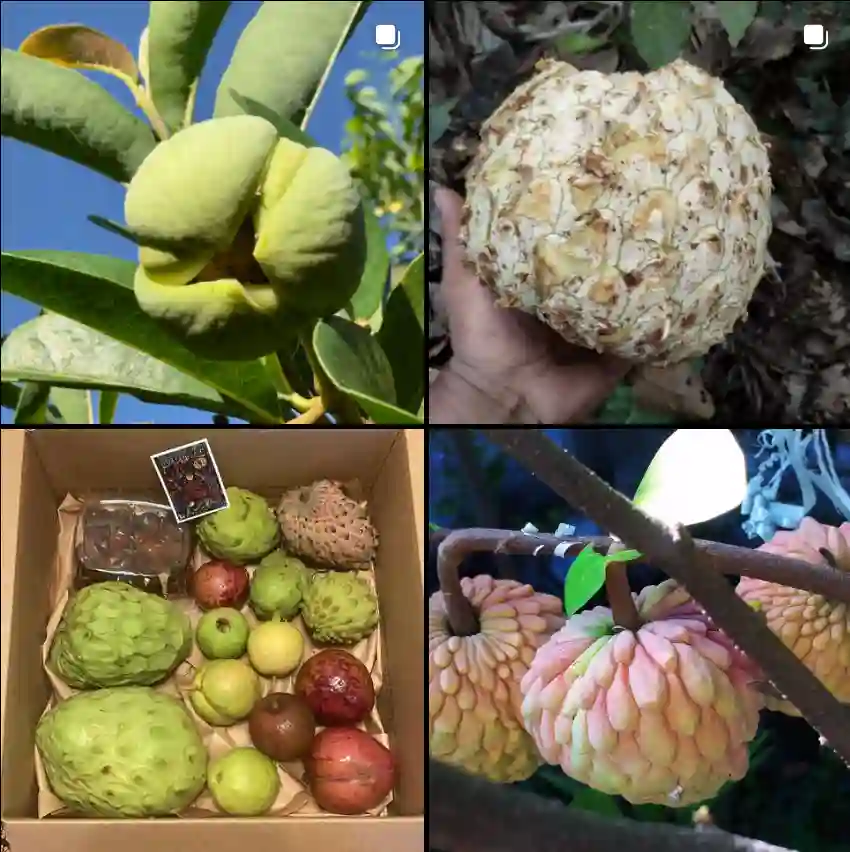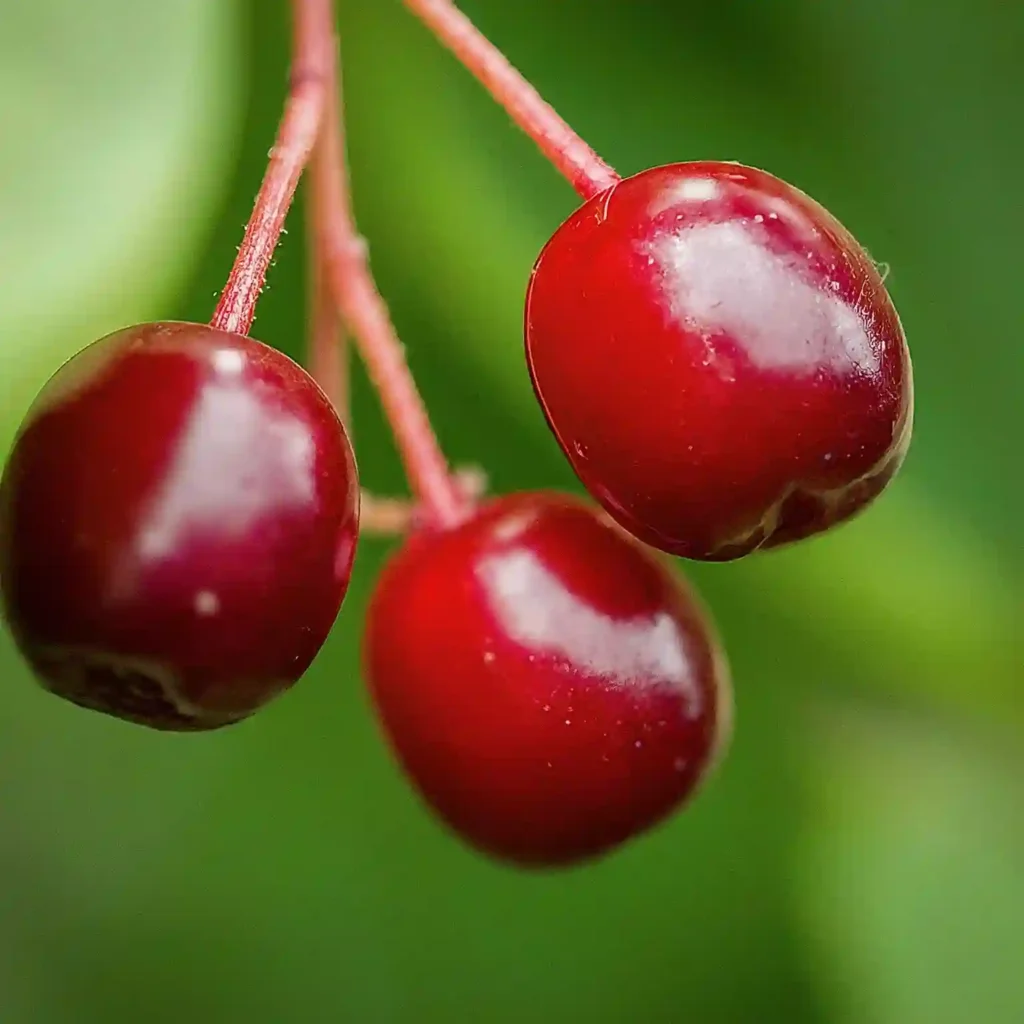FAQs About Pluchea Odorata
Pluchea Odorata, also known as marsh fleabane or salt marsh fleabane, is a fascinating and beneficial plant. I’ve had my fair share of experiences growing this herb, and over time, I’ve encountered many questions from fellow gardeners and plant enthusiasts about how to grow, care for, and benefit from it. Here are some frequently asked questions and my insights based on my own personal experiences.
What is Pluchea Odorata?
Pluchea Odorata is a perennial herb native to the Americas, belongs to the Asteraceae family, commonly found in wetlands and marshy environments. It’s recognized for its strong, aromatic fragrance, which makes it stand out in any garden. The plant grows to about 3 to 6 feet tall and bears pink or purplish flower heads. Beyond its beauty, Pluchea Odorata has been used for centuries in traditional medicine for its anti-inflammatory, analgesic, and antiseptic properties.
Plant Family: 1720 Genera in Asteraceae
How to Care for Pluchea Odorata?
Caring for Pluchea Odorata is fairly straightforward. Since it thrives in wetlands, I’ve found it best to keep the soil moist at all times. While it can tolerate brief periods of dryness, the plant does best when grown in consistently damp conditions. It prefers full sun but can tolerate partial shade, especially if grown in hotter climates. I’ve also found that using rich, organic soil provides the best growth results. Fertilization isn’t usually necessary, but I add some compost during the growing season to boost its health.
How to Propagate Pluchea Odorata?
Propagating Pluchea Odorata is quite simple. I’ve had success both with seeds and cuttings. If you’re using seeds, sow them in early spring. Make sure the soil is moist and place the seeds on top, as they need light to germinate. Germination usually takes two to three weeks. For cuttings, take a healthy stem during the growing season, dip it in rooting hormone, and plant it in moist soil. Within a few weeks, roots should form, and new growth will begin.
What Plants Can You Pair with Pluchea Odorata?
In my garden, I’ve found that pairing Pluchea Odorata with other moisture-loving plants works best. It grows well alongside marsh marigolds, cardinal flowers, and other wetland plants like cattails. Its tall, upright growth adds vertical interest to wetland garden beds. I also like to plant it near grasses like Spartina to create a naturalistic, wetland vibe. These pairings not only look great but also help support a thriving habitat for pollinators and other wildlife.
Is Pluchea Odorata Toxic?
One question I get asked often is whether Pluchea Odorata is toxic. In my experience, this plant is generally safe for humans and animals. It’s been used in traditional medicine across many cultures, particularly in Latin America, where it’s valued for its medicinal benefits. However, like any plant, it’s always good practice to consult with a health professional before using it for medicinal purposes, especially if you’re unsure about potential allergies or reactions.
What Are the Benefits of Pluchea Odorata?
I’ve personally enjoyed the benefits of Pluchea Odorata for years. As mentioned earlier, it’s known for its anti-inflammatory and analgesic properties. I’ve used it in the form of teas or poultices to treat minor wounds, sore muscles, and even headaches. The plant also has a reputation for repelling insects, which is a bonus in my garden. Its aromatic qualities help deter pests like mosquitoes and flies, making it a great addition to outdoor spaces.
Common Problems with Pluchea Odorata
Although Pluchea Odorata is a resilient plant, I’ve faced a few challenges over the years. The most common issue is root rot, especially if the soil becomes too waterlogged. While it loves moisture, standing water can lead to fungal problems. Proper drainage is essential. Additionally, I’ve occasionally encountered aphids and whiteflies on the plant, but regular inspection and organic insecticidal soap keep these pests in check.
Comparing Pluchea Odorata to Other Similar Plants
Pluchea Odorata is sometimes confused with other marsh plants, especially in the same family. For example, it’s often mistaken for Pluchea Purpurascens, another member of the Asteraceae family. The two plants share similar growing conditions and appearance, but Pluchea Odorata has a distinct aromatic quality that sets it apart. Additionally, it’s sometimes confused with Solidago, or goldenrod, because both produce clusters of small flowers. However, goldenrod typically grows in drier conditions and has a more branching flower structure.
How to Use Pluchea Odorata in the Garden?
If you’re like me and enjoy a garden that attracts wildlife, Pluchea Odorata is a great choice. Its flowers attract a wide range of pollinators, including bees, butterflies, and even hummingbirds. In wetlands or rain gardens, it provides excellent vertical structure and serves as a shelter for small insects and amphibians. It’s also an excellent addition if you’re looking to create a native plant garden with plants that benefit the local ecosystem.
Is Pluchea Odorata Invasive?
In some regions, Pluchea Odorata has been known to spread aggressively, especially in wet environments. While I haven’t had major issues in my garden, I always keep an eye on its growth. Regular pruning and deadheading help control its spread. If you’re concerned about its invasiveness in your area, check with your local extension office before planting.
Pluchea Odorata is a unique plant that I’ve enjoyed growing over the years. It offers medicinal benefits, attracts pollinators, and adds beauty to any garden. While it has specific growing requirements, with a little attention to moisture and care, it can thrive and provide a range of benefits. If you’re thinking about adding it to your garden, I highly recommend it, especially if you enjoy wetland plants and want to attract wildlife.
If i die, water my plants!



